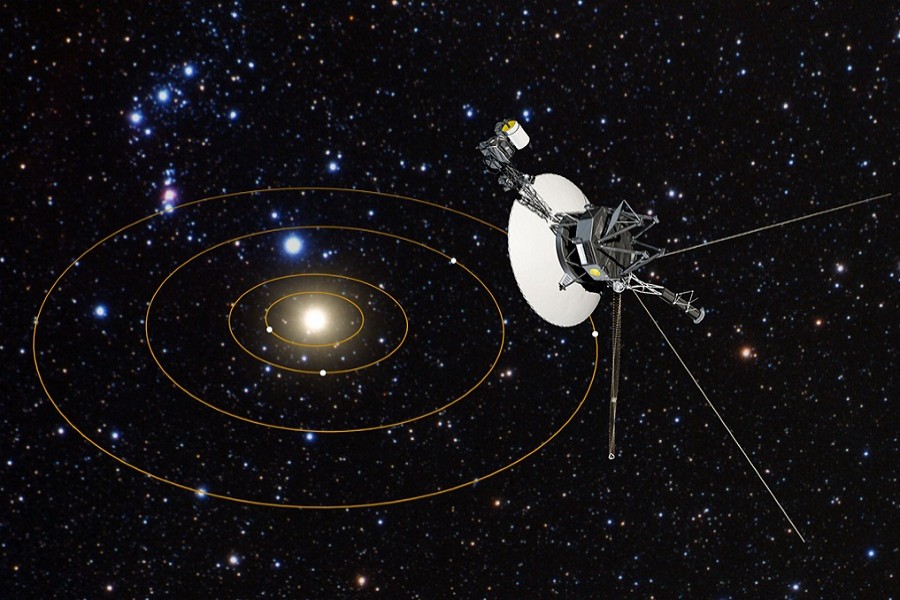It was the late autumn of 1977 when, for more people in sunny Florida, winter started to show its presence, albeit in a soothing way. The Cape Canaveral Air Force Base of Florida witnessed one of the most significant events in the history of space exploration: the release of a rocket that contained a space probe named Voyager-1 - a spacecraft that was expected to create a new dimension in the history of humanity.
The rocket named Titan IIIE continued to go on by undermining the gravitational forces. After a certain period, Voyager-1 got released into space from the rocket and continued moving into the eternal horizons, something the space probe was designed to do.
The main mission of the space probe was to collect more information about two large and influential planets, namely Jupiter and Saturn; other than this, it also had the responsibility to probe the climate of Titan, a satellite of Jupiter, which included amassing essential information about climate and magnetic field.
Voyager-1 went quite near to the planet Jupiter in the year 1979, and much information, such as the presence of the Ring system in Jupiter's atmosphere, became known to people that were not previously accessible.
NASA also got to know about the existence of active volcanoes in some of the satellites of Jupiter, as well as the existence of some water bodies.
Voyager-1 went on to take a lot of pictures during the entire journey, which not only made us awed in disbelief about the beauty and diversity of the space but also made us appreciate the advancement of technology in this specific arena. The pictures of Titan were among the most notable taken by Voyager-1.
Voyager-1 was created with the help of the best possible technology available at the time, which included an antenna with a 12-foot radius and the ability to record as much as 67 megabytes of information.
A supercomputer is controlling the camera in the space probe under NASA's control. Ultraviolet, cosmic, and plasma rays are among the rays emitted by Voyager. The signals take about 20 hours to reach earth.
As per the latest data, Voyager-1 is continuing its journey about 23 billion kilometres away from earth, and it is expected to leave the solar system in about 30,000 years. The distance between the space probe and the earth fluctuates continuously, with different values at different times of the year.
Many other space probes have been sent to space in the subsequent years, but Voyager-1 remains the most epochal in the new era of space exploration.


